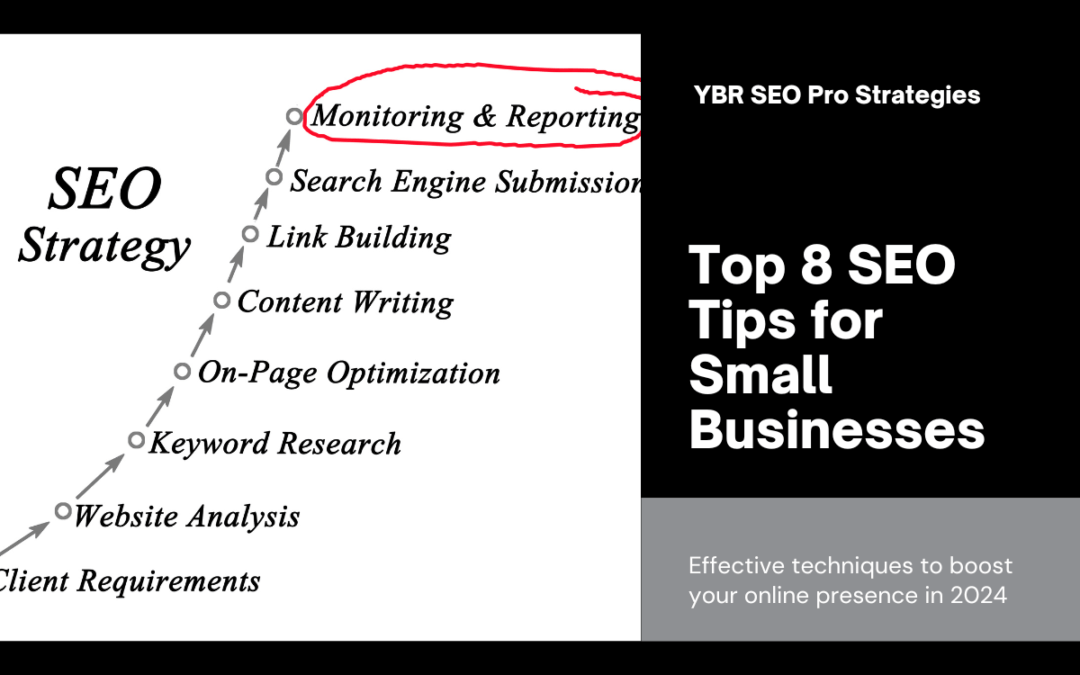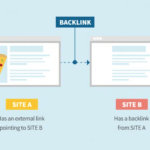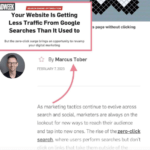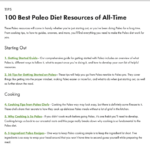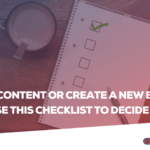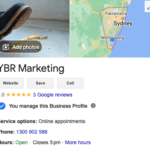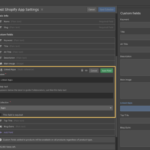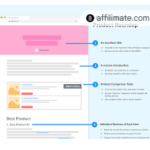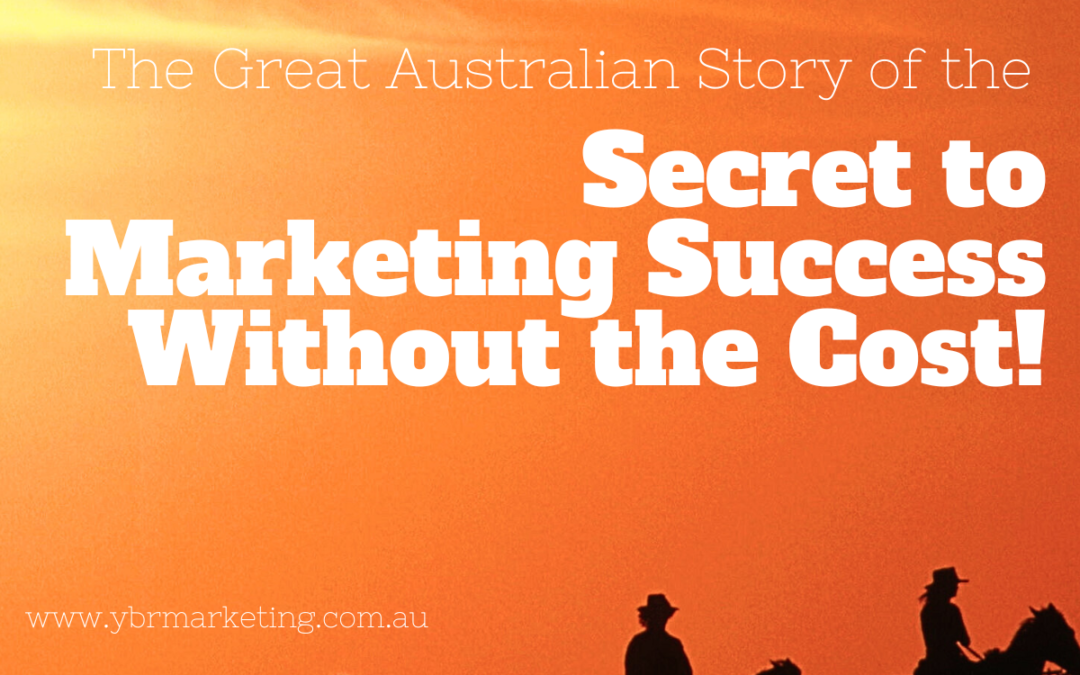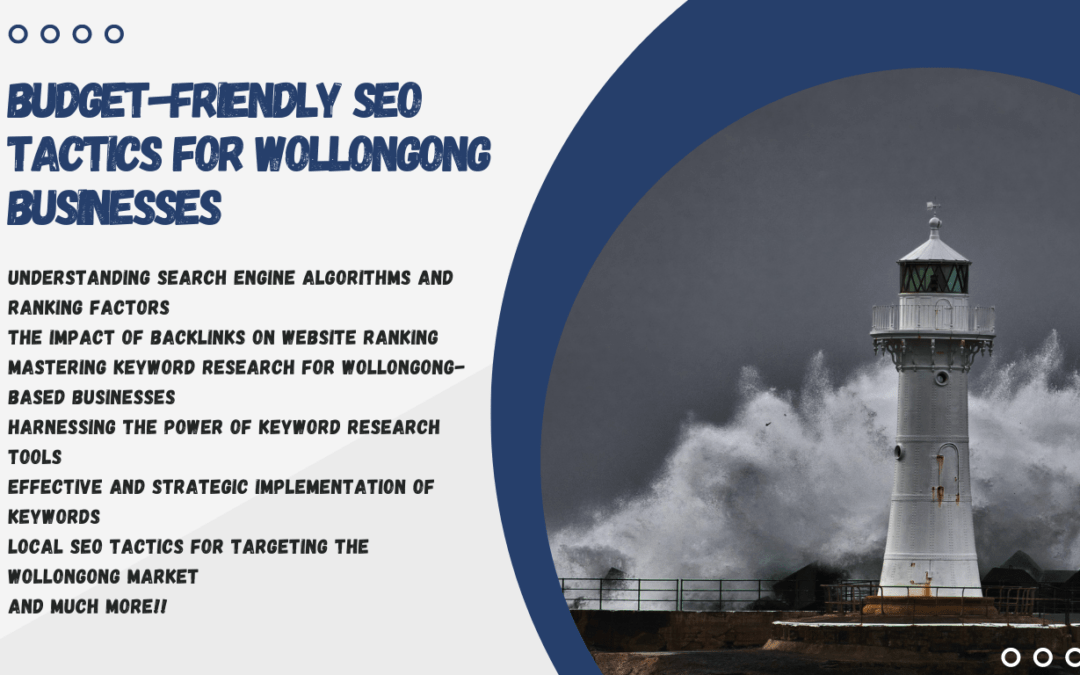
8 Great CTAs Deconstructed by the Pros
The Secret Sauce Behind Great CTAs
Imagine this: you’re scrolling through your favorite e-commerce site in Australia, looking for a pair of sneakers, and suddenly a bright button catches your eye — “Discover Your Perfect Fit.” Something about it speaks directly to you, and before you know it, you’ve clicked. Moments later, your cart is full, and you’re checking out.
CTAs (or “Calls to Action”) are the digital bridge that nudges a visitor from browsing to buying, or from reading to subscribing. In Australia, where e-commerce revenue is projected to reach $52 billion by 2025, converting online visitors is crucial for brands across all sectors. But there’s more to effective CTAs than just using flashy buttons and big fonts. Behind each great CTA is a carefully crafted approach to psychology, user behavior, and a touch of persuasive storytelling.
Here, we’ll explore eight standout CTAs that have driven conversions for top brands, breaking down the hidden tactics that make them work. We’ll dive into the details and unearth insights not often found in standard marketing articles, helping you design CTAs that do more than look good – they perform.
CTA #1: “Get Started for Free” — Lowering Barriers for Maximum Engagement
Why It Works The “Get Started for Free” CTA is a classic, especially for SaaS (Software as a Service) brands. It breaks down a major barrier — cost. For Australians who are typically cautious with online spending (65% prefer to research before purchasing), offering a free way to test your product can bridge that trust gap.
Pro Insight; Imagine browsing for a task management tool but feeling uncertain about spending on a product you haven’t tried. A free trial removes that hurdle and gives users a low-risk way to get hooked on the features. Many SaaS companies find that once users “get started,” they’re more likely to convert into paying customers. Slack, for example, effectively uses this CTA to invite new users, resulting in millions of daily active users.
Tip to Apply; Structure the free trial experience to showcase the best aspects of your product. Create a seamless onboarding flow that highlights key features, giving your users a memorable start.
CTA #2: “Join [X Number] of People Who [Benefit]” — Powering Up Social Proof
Why It Works; Australians trust recommendations from others, with 86% relying on word-of-mouth and reviews when making decisions. By using a social proof-driven CTA, like “Join 10,000 Happy Customers” or “See Why 5,000 Australians Trust Us,” you appeal directly to this need for trust and reassurance.
Pro Insight; Brands like Airbnb and Netflix leverage this approach to reassure users that they’re not alone in choosing their services. It taps into the psychology of FOMO (Fear of Missing Out) and makes prospective users feel like they’re joining a positive, shared experience. This CTA isn’t just about numbers; it’s about community, reliability, and a sense of belonging.
Tip to Apply; If your business is smaller, don’t worry about the size of the number. Even a small but specific figure (“Join 1,500 Subscribers in Melbourne”) can resonate and make the offer feel exclusive.
CTA #3: “Shop the Look” — Inspiring Customers with Curated Choices
Why It Works; This CTA is incredibly popular in the fashion, beauty, and lifestyle industries. Australians love visuals, with image-based content generating 2.3 times more engagement than text-based posts on social media. “Shop the Look” works because it transforms a product into a lifestyle choice, giving customers an easy way to buy an entire aesthetic rather than just an item.
Pro Insight; Australian retailers like Country Road and The Iconic often use this CTA, allowing customers to explore curated outfits or collections that match the latest trends. This makes shopping more accessible and immersive, reducing decision fatigue and inspiring customers to make more confident purchases.
Tip to Apply; If your business sells physical products, consider using “Shop the Look” as a way to guide users toward complementary items, upselling without feeling pushy.
CTA #4: “Download Now” — Instant Access, Instant Gratification
Why It Works; “Download Now” is a CTA commonly used for apps, eBooks, or any resource that provides instant value. In an era where Australians spend 5.5 hours a day online, providing instant access to valuable content keeps users engaged and satisfies their desire for quick solutions.
Pro Insight; This CTA works particularly well with resources that educate or inform. For example, an Australian fitness brand might offer a “Download Your Free Workout Guide” CTA, instantly giving users a tangible resource while capturing their email addresses. It’s a win-win.
Tip to Apply Use “Download Now” for high-value content. Make sure the landing page emphasizes the benefits of the download, and, if possible, include visuals that preview the content to increase appeal.
CTA #5: “Get Instant Access” — Feeding the Desire for Immediate Solutions
Why It Works; People love immediate access. In fact, in Australia, 74% of consumers expect businesses to provide a seamless, instant experience online. “Get Instant Access” speaks to this expectation, offering users the promise of immediate results or resources without the wait.
Pro Insight; This CTA is popular among online courses and exclusive memberships. The psychology is simple: people don’t want to wait, and “Get Instant Access” reassures them that the solution they need is just a click away. In high-pressure industries like finance and education, this CTA can ease user anxiety and improve conversion rates.
Tip to Apply; Pair this CTA with exclusive content to increase perceived value. If you’re offering an educational resource, emphasize how it solves a specific pain point right now.
CTA #6: “Limited Time Offer: Claim Your Discount” — Urgency and Exclusivity
Why It Works; Urgency works. When Australians see a “Limited Time Offer” CTA, they’re more likely to act quickly to avoid missing out. Adding “Claim Your Discount” doubles the effect by giving a specific, action-oriented instruction that feels personal.
Pro Insight; Brands like Chemist Warehouse and JB Hi-Fi often leverage limited-time discounts in their online stores, creating a sense of urgency that makes shoppers feel the need to act fast. This strategy is perfect for e-commerce and retail, where a timely nudge can make the difference between a sale and an abandoned cart.
Tip to Apply; If you’re offering discounts, specify the duration (e.g., “Today Only” or “Ends Midnight”) and keep the phrasing concise to heighten the sense of urgency.
CTA #7: “Discover Your [Product]” — Personalising the Shopping Journey
Why It Works; This CTA personalises the shopping experience, letting the customer feel in control of the journey. Australians appreciate when brands are straightforward yet personable, and this CTA balances these aspects by inviting users to discover products that align with their unique needs.
Pro Insight; Take a look at beauty and skincare brands like Mecca, which use CTAs like “Discover Your Perfect Shade” or “Find Your Ideal Skincare Routine.” These personalised CTAs make users feel understood and valued, creating a unique sense of engagement.
Tip to Apply; Use this CTA with products that can be tailored, like beauty products or even finance solutions. Offer a quiz or other interactive element to enhance the personalised experience.
CTA #8: “Start My Journey” — Inspiring Progress and Self-Improvement
Why It Works; Aspirational CTAs like “Start My Journey” appeal to those seeking self-improvement, growth, or transformation. This is highly effective in industries like fitness, health, and education, where Australians are often driven by a desire for personal growth.
Pro Insight; Language that speaks to aspirations and improvement resonates strongly. Brands like 28 by Sam Wood in the health space often use CTAs that encourage users to envision their fitness journey, rather than just “signing up.” This taps into emotional motivation and makes the user feel empowered.
Tip to Apply; If your product helps people improve in any way, use this CTA to position it as a stepping stone toward their goals. Incorporate a small testimonial or success story to make the journey feel attainable.
Crafting CTAs That Convert in Today’s Market
When designing CTAs for your Australian audience, think beyond the surface. A great CTA is more than an action button – it’s a nudge that aligns with your audience’s needs, psychology, and values.
CTA Checklist
- Be Clear – Ensure the CTA communicates what will happen when the user clicks.
- Add Value – Make it clear what benefit the user will receive.
- Create Urgency or Scarcity – Use time-sensitive language where appropriate.
- Personalise When Possible – Make users feel the CTA is speaking directly to them.
By understanding these eight CTAs and the psychology behind them, you’re not just designing buttons but building connections. Apply these insights, and watch your CTAs take your conversions to new heights.
I hope this serves you.
 Red
Red
Drop us a Line 📞 🗝 (02) 42444422
Follow Us on Social ⏬⏬

